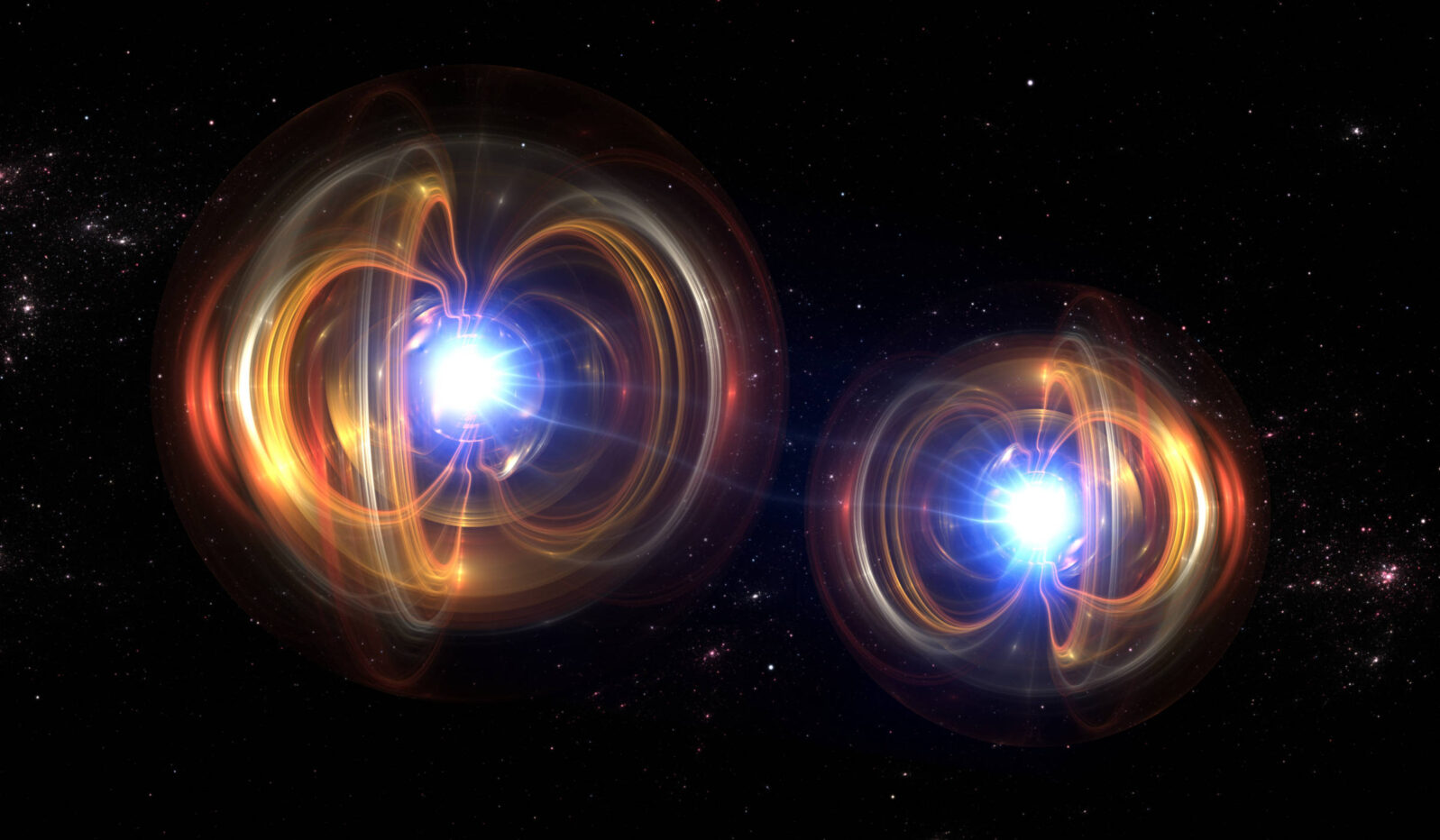Quantum Mechanics Shows That Our Universe Has Purpose
Not only can two physically separated particles influence each other, they can influence each other through timeEvery day, we say things like, “I drove to the store to get some milk” or “I put on my shoes to go for a walk.” In our world, everything happens for a reason, a human reason. This reason is the cause of the action. But, counterintuitively, it occurs after the action. We only get the milk after having driven to the store. We only go for a walk after putting on the shoes. In philosophy, this sequence is called “final causality.”
The world of physics is quite different. There, nothing happens for a reason. Particles have no inclinations or goals. Particle A bumps into particle B because it was first bumped by particle C. All causes precede their effects. In philosophy, this sequence is called efficient causality.
These two views of causality appear to be irreconcilable and they lead to deep mysteries. If everything is physical, then why is causality at the higher, human, level the complete opposite of causality at the lower, physical, level? Because final causality cannot come from its opposite, efficient causality, then something must intervene between the levels. That, in turn, implies that the human level cannot be reduced to the physical level.
But we can also draw another conclusion: If the physical world consists only of efficient causality, how can we create computational intelligence (that is, thinking computers or hard AI) that exhibits final causality from physical processes?
The answer is we cannot; thus, we can never embed human intelligence in computational intelligence.
Recent open-access research on quantum physics adds an interesting new wrinkle to this dilemma: Not only can two physically separated particles influence each other, they can influence each other through time. That is, physicists can extend entangledness through time.
In other words, two particles that are chronologically separated can influence each other such that particle A cannot be strictly said to have acted before or after particle B. Scientists believe that this result can be extended to causal entanglement. That means particle A can cause an effect in particle B after the effect has already occurred. Mind boggling.
This state of affairs looks very similar to the final causality we discussed above. If the finding holds up, the scientists will have demonstrated that the physical realm is not immune to final causality.
Does this resolve our old dilemma of how to account for our human ability to create final causes? It turns out that final causes can be part of the physical world after all. On that view, if we are only physical beings, we can still create final causes. But no. These quantum experiments actually imply the opposite conclusion.
Instead of eliminating the mystery of final causality, the experiments deepen the mystery. There must be an observer in order for the entangled causality to occur and physical processes cannot observe anything. So the very occurrence of reverse causality at the physical level means there is top down influence from the human level to the physical level. Not only is quantum physics unable to explain human final causality, it cannot explain its own final causality by itself. Its final causality is a trickle down effect from the human level.
And herein lies the rub. If human observers are necessary for physical final causality to occur, how do humans come to have the capability in the first place? This question points to a yet even higher source of final causality that extends beyond the human realm, and is responsible for the final causality that humans exhibit.
Thus, these quantum physicists are showing that—far from final causality being a minor physical phenomena that can be explained away with an experiment—our entire universe is imbued with final causality within its very fabric and this final causality must come from some source beyond the universe.
If you are interested in the quantum world and its implications, here are some other reflections you may enjoy:
Quantum randomness gives nature free will. Whether or not quantum randomness explains how our brains work, it may help us create unbreakable encryption codes (Robert J. Marks)
Can free will really be a scientific idea? Yes, if we look at it from the perspective of information theory (Eric Holloway)
and
Can physics prove there is no free will? No, but it can make physicists incoherent when they write about free will (Michael Egnor)
